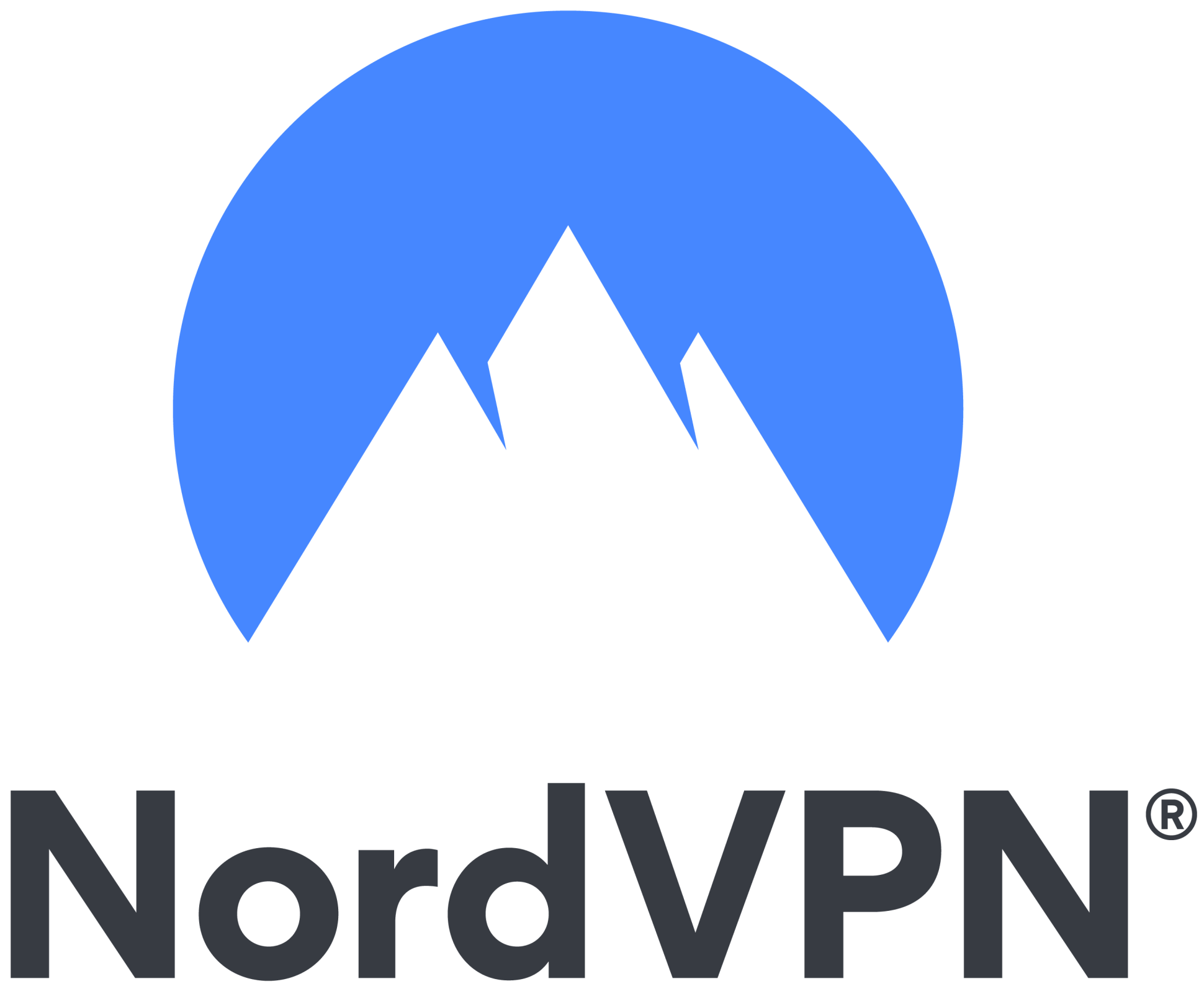If you’d like to know how to stream content on your computer or mobile device to your TV or in reverse, how you can stream on your laptop or mobile device from your television read our in-depth guide and learn everything there is to know about the possibilities.
Ben Grindlow is the founder of ProXPN, a company that provides reviews about VPN products and services. Ben's interest in cybersecurity and privacy led him to start ProXPN, which has become one of the most well-respected VPN providers in the world. Ben is passionate about his work, and he is constantly exploring new ways to improve ProXPN's in-depth guides.
ProXPN Expert Picks

🔥 Save 60%! 🔥
Streaming service often involves the ability to watch or view video content directly from several streaming devices, such as Android devices and iOS devices, through streaming apps.
The content streaming services open you up to ranges from movies to pictures to music, all aimed at flirting with your entertainment bud.
You can stream videos and other entertaining content from any of your devices, such as mobile devices, tablets, PC, or smart tv, as long as you are connected to the internet or have a stable wi-fi connection.
This article aims to point out the four best and available options to cast or stream videos directly to your television.
Chromecast is the most popular and widely used method to stream video content directly to your TV from your phone, tablet, or other devices.
As it is otherwise called, casting involves you streaming directly from web pages or available streaming services like HBO Max film from Ziggo Go to your TV with the Chromecast app.
For you to get the best performance from Chromecast live tv streaming services, you need the following:
Most smart TVs now come with a pre-connected, which cancels out the need to use a google cast box.
A step-by-step plan:
When the cast icon does not appear after completing all the listed steps above, check and ensure your Chromecast and smartphone or tablet are on the same Wi-Fi connection.
You are certainly not on the same network as users who use 4G/5G or a VPN or proxy. Try exiting and re-entering again on any of the available streaming apps at your disposal or restarting your smartphone or tablet and Chromecast.
You can also consider turning off and restarting your router too.
Apple Airplay allows users to stream content from any ios device such as iPhone, iPad, or MacBook to a big screen like your TV.
If your TV is an old TV and does not support AirPlay by itself, you should consider getting an Apple TV box.
The major difference between having a built-in AirPlay and getting an Apple TV box is that the Apple TV box comes with direct access to a special Apple interface and apps. It also comes with remote control.
Here are some of the major set-up devices and gadgets you need to stay connected and enjoy streaming services on AirPlay:
Plex offers streaming services where you can easily stream your media files such as movies and photos directly to your Smart TV via internet or Wi-Fi connection.
This particular point sum up the main advantage Plex has over other streaming services platforms. It serves as a media server to stream local content from your PC or laptop or access content from your phone’s display directly to your TV. screen
Plex is not a replacement for Chromecast or airplay but more of an added advantage to your local content streaming network.
When considering local content, you should consider:
If you don’t have a smart TV to install the Plex app, you can install the Plex app on your smartphone or tablet and connect it to a Chromecast to your TV.
You can then search through your local media files with the app on your smartphone or tablet and stream directly to your TV via the Chromecast button.
Screen mirroring, or miracast involves streaming content from your laptop, smartphone, or tablet directly to your TV screen.
It requires a direct Wi-Fi connection. Often, miracast is compared with a wireless display HDMI connection.
Screen mirroring or miracast can be set up in several ways. It all depends on your TV and smartphone or tablet manufacturer.
Here is a general overview of how to set up screen mirroring or miracast on your home screen:
If you intend to use a VPN while streaming via Chromecast, Airplay, or Plex, you need first to install the VPN on your router.
This ensures your connected devices are on the same network and makes communication relatively easy.
If your phone or tablet app has a Cast button at the top of it, or if you can find a Cast option in Android’s pull-down notification bar, simply tap Cast and select your TV or smart device to start screen mirroring.
This 6-foot USB-C Data Cable allows any smartphone or tablet to connect to a TV’s HDMI port using a standard USB connection. You can project the image from your phone’s display onto your TV, whether you’re browsing photographs, watching videos, surfing the web, using apps, or playing games.
In a nutshell, streaming is the act of watching TV or listening to podcasts on Internet-connected devices. The content file being displayed on the client device is stored remotely and transmitted in tiny chunks over the Internet.
Disadvantage: Bandwidth Use. Streaming videos need a lot of bandwidth to play, especially at higher quality. For example, Netflix’s streaming service demands a minimum Internet connection speed of 5 Mbps for HD quality, 7 Mbps for “Super HD” quality, and 12 Mbps for 3D streaming.